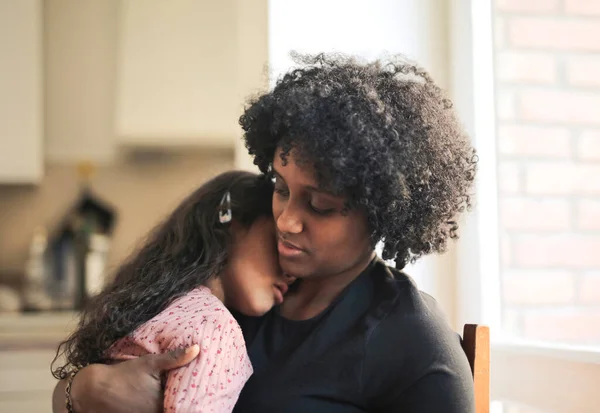
The most jarring reality is that even the most joyous family festivities could turn into a flash of unimaginable brutality. During a warm summer evening in Schaumburg, Illinois, a wedding reception was turned into an execution-style murder that irreparably altered one family and a community looking for answers and closure.

1. The Motive: Divorce, Family Conflict, and Fatal Decision
Beneath the veil of what was to be a joyous celebration, there was also underlying family strife. Roland Schmidt, 76, learned weeks in advance of the wedding that his son’s fiancée, Christine Moyer, 45, had filed for divorce against his son. Schmidt was “disturbed with Moyer over divorce papers which were filed against his son,” the police stated. Prosecutors demonstrated that Schmidt had explained that he practiced the shooting in advance and even staged the shooting of himself afterwards. The senseless crime was not a spontaneous act but an outcome of unresolved family conflict and helplessness against change. Family violence escalates during times of transition like divorce or break-up and can be fueled by long-term trends of anger and control. Early identification of such warning signs would have prevented the tragedy.

2. The Chain of Events: A Wedding Night Turns Deadly
Eyewitness account and police witnesses recount the horror near the Marriott hotel. Moyer had walked his sister-in-law back to her car. Schmidt, who was also an overnight guest at the hotel, followed her out of the hotel. He next drew a gun and shot once into the back of her head “execution style,” witnesses stated. Moyer’s husband moved quickly to try and save her, as did relatives and an off-duty policeman, who pinned Schmidt to the ground and wrestled the weapon from his hand. Paramedics rushed Moyer to hospital, but she was subsequently found dead after being taken in. The bride’s family and the other guests at the wedding were left amazed at this scenario, most of whom watched it unfold before their very eyes. The witnesses just kept shouting, “Pray for her children.”

3. Legal Implications: Stale FOID Card and Firearm Law
A person in Illinois who possesses firearms or ammunition must possess a valid Firearm Owner’s Identification (FOID) card per Illinois law. Prosecutors proved that Schmidt’s FOID card was expired, and his illegal possession of the firearm thus follows. This observation poses serious questions about the suitability of gun legislation in curbing domestic violence. At the confluence of emotional injury and firearms, legislation should reflect on applying order and assisting in the protection of vulnerable people. Missed or leniently controlled firearm licenses can prove disastrous, and warning and adjustment of firearm safety habits within violent domestic war zones are paramount.

4. Warning Signs: Early Warning Signs of Spreading Family Violence
These tragedies do not occur without warning. It is highlighted by professionals that one has to observe signs of family violence in the first instance, for instance, controlling behavior, jealousy, steering clear of close relatives and friends, and threatening to harm them. With the progress of time, especially with major events in life, like divorce, family and professionals have to observe mood swings, self-harm for no reason, or avoiding social events. Warning signs in children can be acting out, inability to concentrate, or even a change in behavior. A prompt response and communication can mean life or death.

5. Coping After Trauma: Family and Witness Strategies
The horror following a violent crime may be more than one can handle. Survivors and witnesses are anxious, have nightmares, sleep disturbances, and flashbacks. Becoming angry, sad, or even guilty is natural. Mental health professionals recommend building into routine, talking with intimate friends or professionals, and practicing soothing processes like mindfulness or low-key activity. If symptoms continue and begin to interfere with function within daily routines, professional guidance can be of most help. “Mark your feelings, observe that they bother you, and realize that they will improve in the long run,” trauma therapists recommend. Healing takes time, and it’s okay to get help along the way.

6. Childcare
Both Parents Are Away Misstep for Christine Moyer’s two children is double she was murdered by violence and her grandfather by the criminal justice system. Experience shows that these children are most commonly taken away from home, school, and routine, stigmatized and exposed to secondary trauma. Offering a safety net and continuity is needed in order for them to recover. Adults should be truthful and direct with them regarding what happened, answering their questions patiently, and reassuring them. Trauma-focused therapy and support groups can help children work through the loss and regain a sense of security.

7. Seeking Assistance
Networks and Resources for Recovery No one needs to face the effects of family violence alone.There is confidential support from local and national hotlines, counseling agencies, and advocacy organizations for survivors, witnesses, and bereaved families.

Specific service is offered for child witnesses and teenagers who have witnessed domestic violence, for example, trauma-focused cognitive behavior therapy. Bereaved children are to be engaged by adults who are reliable, understanding, and available, and utilize community resources. Listen without interruption or judgment. Look back that the violence is never ever their fault and it’s never ever justified, the activists appeal. The consequences of an act of violence can affect every single family and community member. But healing is possible even at the darkest moments of unimaginable pain with kindness, knowledge, and the right support.



